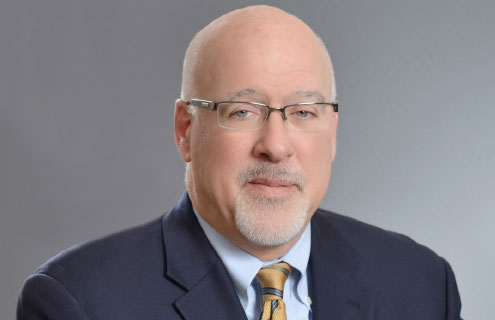Cassatt
Cassatt Insurance Company’s Eric Dethlefs reveals how the healthcare group captive’s members work together to share best practices and risk
Who are Cassatt’s members and what do they have in common in terms of risks?
Cassatt Insurance Company’s members are independent, non-profit hospitals and healthcare organisations located in Southeastern Pennsylvania. They share the risk of financial and other losses due to medical liability and malpractice claims.
Why did they opt for the group captive model for their insurance coverage needs?
During the past few decades, obtaining access to affordable and reliable hospital excess liability and malpractice coverage in the commercial marketplace has presented significant and widespread challenges for hospitals and healthcare organisations that must insure risk.
In response to the turmoil in the traditional insurance market, in 1991 a group of independent, non-profit hospitals in Southeastern Pennsylvania formed Cassatt Insurance Company. This captive insurer, domiciled in Bermuda, provided excess professional and general liability coverage on a ‘shared’ basis for the group members.
Cassatt’s purpose from the beginning has been, and remains, to provide an insurance platform on which its members can work together to share knowledge, best practices and risk, and in doing so, improve patient safety and outcomes throughout their hospitals. As a result, they are able to reduce the incidence of claims and lower their liability costs.
What benefits does the group captive model offer in terms of risk sharing and funding?
Because a group captive is wholly owned and controlled by its insureds sharing risk, there is an inherent, strong commitment among its members to ensure safer outcomes at their hospitals. Cassatt’s member-owners are relentlessly focused on improving safety and outcomes for their patients. As a natural result of creating safer hospitals, their risk and liability costs are significantly reduced.
Another benefit of Cassatt’s model is that it incorporates a sponsored captive or, put in other terms, a segregated
cell captive.
In October of 2013, Cassatt became Vermont’s thousandth licensed captive.
In doing so, the captive is designed to provide insurance coverage flexibility for members as they merge and form affiliations with other hospital systems in the future, address the Affordable Care Act and other challenges.
Do the hospitals share best practices and knowledge to keep the costs of claims down? If so, can you provide some examples?
Yes. From its founding, Cassatt was defined by a culture of sharing—independent members worked collegially to share best practices, coordinate risk management efforts, focus intensely on claims management, and improve the quality of healthcare in their facilities.
One of the other unique aspects of Cassatt is that the CEOs and other senior executives of its member hospitals, from both the clinical and business sides of their organisations, are also represented on the Cassatt board of directors.
This collective and cooperative approach among our membership is not present in traditional commercial insurance programmes, and is very unusual among other captive groups.
How are Cassatt and its members innovating to ensure patient safety?
In 2012, the Cassatt Patient Safety Organization (PSO) was approved by the US Department of Health and Human Services’s Agency for Healthcare Research and Quality Control (AHRQ).
Its purpose is to create a collaborative and confidential environment of learning and knowledge exchange among our members, substantially enhancing their efforts to improve patient safety and quality of healthcare throughout their hospitals.
The power of the PSO comes from the sharing of experience and information. By collecting and analysing data and sharing information and experience from all of our members, the PSO is able to identify problems and trends that an individual hospital alone might not be able to detect.
Most captives do not do what Cassatt does in terms of creating and facilitating this kind of shared learning environment.





